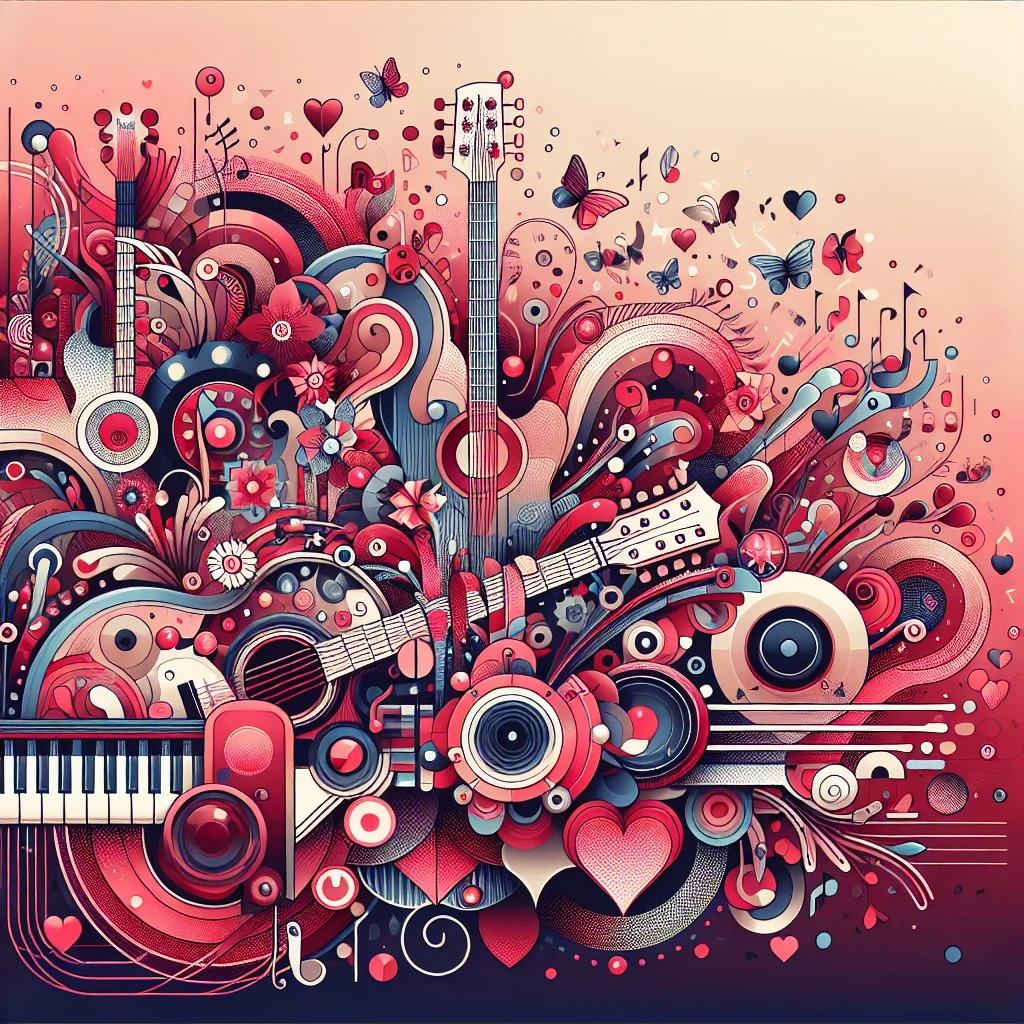Illustrations are a powerful visual tool used in various fields, from publishing and advertising to web design and animation. Different types of illustrations serve different purposes, each with its own unique characteristics and style. Here are some of the most common types of illustrations:
1. Traditional Illustrations
Traditional illustrations are created using physical media such as pencils, ink, watercolor, and acrylic paints. These hand-drawn artworks have a unique texture and organic feel that digital illustrations sometimes struggle to replicate.
2. Digital Illustrations
With the rise of technology, digital illustrations have become increasingly popular. These are created using graphic tablets and software like Adobe Illustrator, Photoshop, and Procreate. Digital illustrations offer flexibility, ease of editing, and endless creative possibilities.
3. Vector Illustrations
Vector illustrations are created using mathematical equations and geometric shapes, making them infinitely scalable without losing quality. They are commonly used in logos, icons, and infographics due to their clean and crisp appearance.
4. Hand-Drawn Illustrations
Hand-drawn illustrations have a personal and artistic touch. These can be either traditional or digitally created to mimic a natural sketching style. They are often used in book illustrations, editorial designs, and branding materials.
5. Flat Illustrations
Flat illustrations use simple shapes and limited shading to create minimalist and modern visuals. This style is widely used in web design, mobile applications, and infographics because of its clarity and visual appeal.
6. 3D Illustrations
3D illustrations add depth and realism to designs by using shading, lighting, and perspective. These are created using 3D modeling software like Blender and Cinema 4D. They are commonly seen in gaming, animation, and product design.
7. Isometric Illustrations
Isometric illustrations use a 3D perspective while maintaining a flat, two-dimensional appearance. This technique is often used in infographics, technical drawings, and UI/UX designs for its ability to convey depth and detail clearly.
8. Concept Art
Concept art is used in the entertainment industry to develop characters, environments, and scenes for films, video games, and animations. Artists create multiple versions of a concept before finalizing the visual direction of a project.
9. Cartoon and Comic Illustrations
Cartoon and comic-style illustrations feature exaggerated features and expressive characters. These are widely used in storytelling, advertising, and branding to convey messages in an engaging and entertaining way.
10. Medical and Scientific Illustrations
Medical and scientific illustrations are highly detailed and accurate, used to depict anatomical structures, biological processes, and technical concepts. These illustrations help in education, research, and medical publications.
Conclusion
Illustrations come in many styles and forms, each serving a specific purpose in visual communication. Whether traditional or digital, hand-drawn or vector, illustrations enhance storytelling and engagement across various industries. Choosing the right type of illustration depends on the intended use, audience, and artistic preference.

